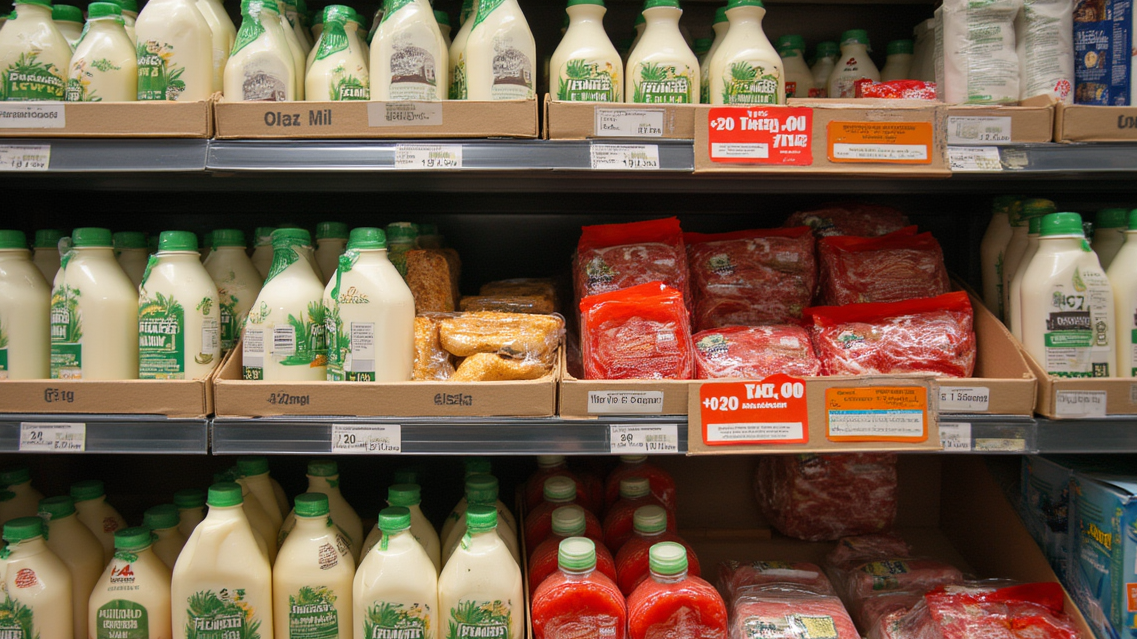Kombucha’s rise stems from the global obsession with gut health, fueled by research linking probiotics to immunity and mental well-being. Unlike store-bought versions, DIY brewing lets people control ingredients (sugar levels, flavors) while embracing artisanal food culture. The process—symbiotic cultures of bacteria and yeast (SCOBY)—feels like science meets alchemy, appealing to modern home cooks.
Social media transformed kombucha from a hippie staple to a trendy hobby. Viral videos showcase rainbow-colored brews, flavored with everything from hibiscus to turmeric, turning fermentation into aesthetic content. The #Kombucha hashtag has over 2 billion views on TikTok, with tutorials democratizing what was once a niche skill.
DIY kombucha aligns with zero-waste lifestyles. Reusable jars, leftover tea scraps, and homemade flavors (like fruit peels) reduce packaging waste. For eco-conscious millennials, it’s a tangible way to fight plastic pollution while enjoying fizzy, functional drinks.
Despite its hype, kombucha isn’t foolproof. Failed batches (moldy SCOBYs, over-fermented vinegar brews) deter beginners. Health experts also warn about unregulated sugar content and potential alcohol traces. Yet, its community-driven troubleshooting—online forums, local workshops—keeps enthusiasts hooked.
Kombucha symbolizes a broader return to slow, intentional eating. In a fast-food world, brewing it demands patience and connection—to microbes, tradition, and shared knowledge. It’s not just a drink; it’s a rebellion against sterile, industrialized food.





